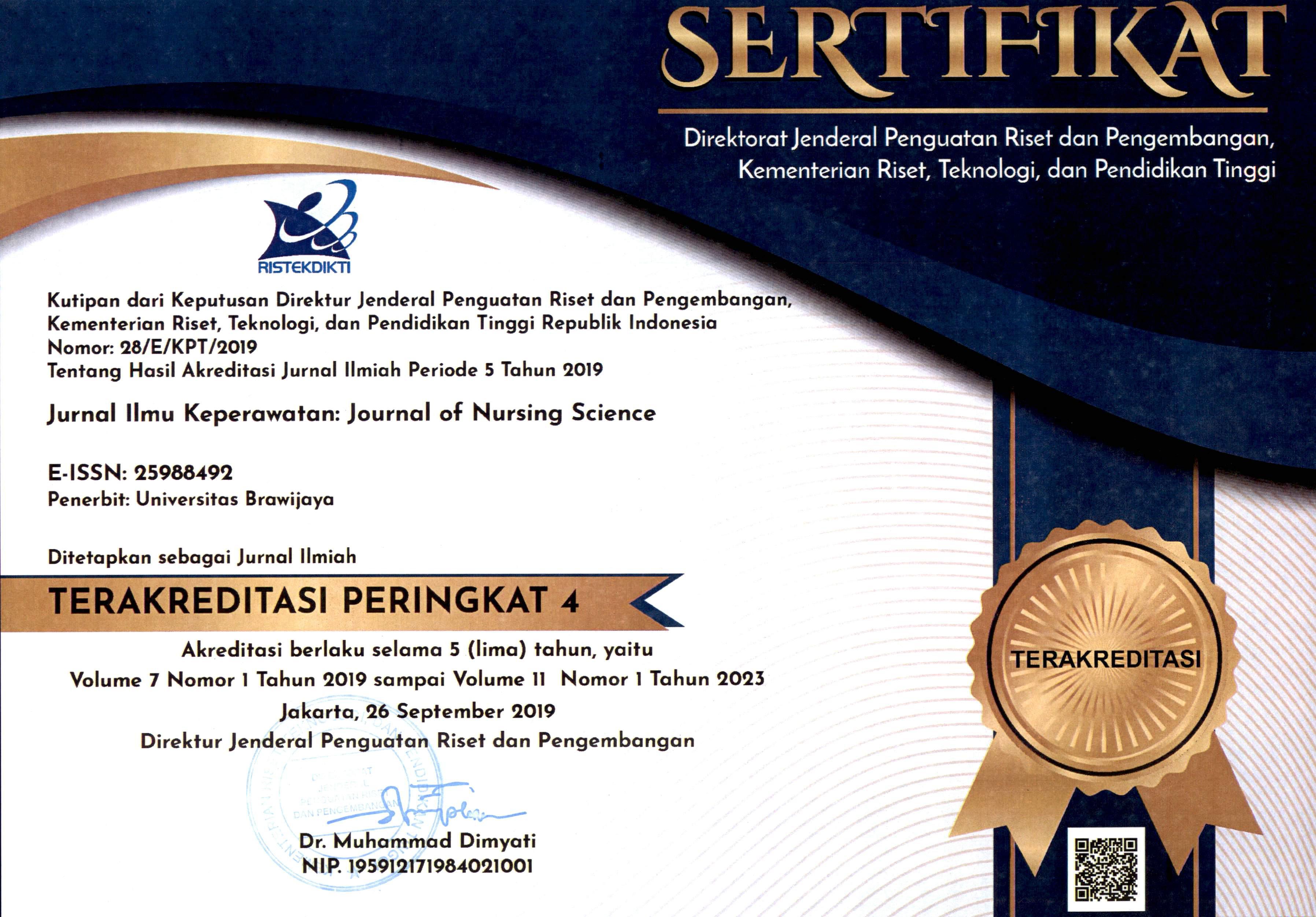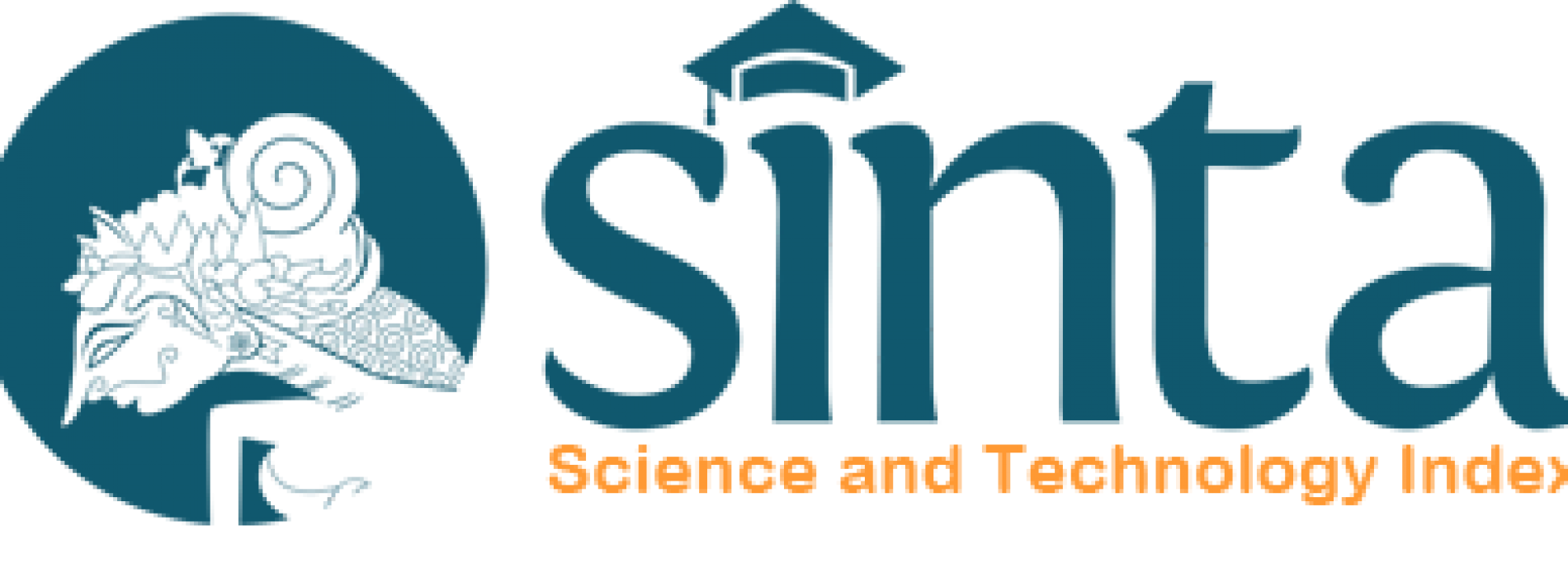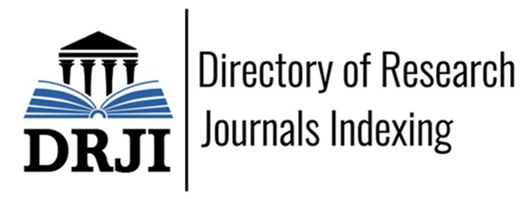OVERCROWDING PATIENT AND IMPROVING EMERGENCY PATIENT FLOW IN EMERGENCY DEPARTMENT: A LITERATURE REVIEW
Abstract
Overcrowding discussion in emergency department (ED) has become a great issue over decade. The EDs plays a significant role as a frontline in hospital which performing good or bad quality of care. Identifying bottleneck relative to patient flow in the ED is one of important factor to determine the quality of care. The EDs can be considered as the heart of the hospital where increasing number of patient in the ED link to the increasing number of patients in the hospital. Therefore performing delivery of care in the ED particularly when its deal with overcrowding could represent the quality of care in hospital as a whole.The study aimed to explore factors related to overcrowding patient and improving emergency patient flow in emergency department. The study was about a literature review and the articlesused in the literature review were full text. The literature review methods were collected and analyzed articles about overcrowding emergency department, emergency department patient flow, the quality of service in emergency room and emergency department performance towards waiting time and length of visit. Articles collected through electronic database, science direct with keywords overcrowding the ED, the ED patient flow, emergency quality services. There were three factors that affect overcrowding patient: prolonged waiting time, triaging, and shortage of doctors and nurses ratio in the ED room. When those three factors are combined, the overcrowding patient in the ED could be handled and it may probably result to improving patient flow. The prolonged waiting time have created delayed of care, patient leaving without being seen/treatment and dissatisfaction among patients The same idea was presented that triaging somehow invent prolonged time especially for those patients in semi-urgent or non-urgent that need treatment between 61 minutes to 2 hours. Those patients are dominantly in the ED and if the patients do not understand triage system they become short-tempered and complaining. The last one was the number of emergency physician and nurses are being backbone of services, however, if it is still lack of number thus leading to troublesome which may significantly affect to effectiveness of care and patient safety. The findings from the above-cited studies suggested that assign fast track for semi-urgent and non-urgent patient should be treated and discharged promptly and properly. Also, expanding the number of physician and nurse staffs with the ratio 1 and 2 respectively as well as developing standardized job descriptions is mandatory. Moreover, extent inpatient bed capacity specifically to critical care unit and increase number of available room for emergency room admission.
Keyword: overcrowding ED, ED patient flow, emergency quality services.
Published
How to Cite
License
Authors published in this journal agree to the following terms:
1. The copyright of the received article shall be assigned to the journal as the publisher of the journal. The intended copyright includes the right to publish the article in various forms (including reprints). The journal maintains the publishing rights to the published articles.
2. Authors may enter into separate additional contractual agreements for the non-exclusive distribution of the published journal version of the work (for example, posting it to an institutional repository or publishing it in a book), with acknowledgment of their initial publication in this journal.
3. Authors are permitted and encouraged to post their work online (e.g. in an Institutional Repository or on their website) before and during the submission process, as this can result in a productive exchange, as well as earlier and larger citations of the published work.
4. Articles and all related material published are distributed under Creative Commons Attribution-NonCommercial 4.0 International License or CC BY-NC 4.0 license.
JNSU is licensed under a Creative Commons Attribution-NonCommercial 4.0 International License or CC BY-NC 4.0 license.
Most read articles by the same author(s)
- Yuliani Pitang, Edi Widjajanto, Dewi Kartikawati Ningsih, PENGARUH PERAN PERAWAT SEBAGAI CARE GIVER TERHADAP LENGTH OF STAY (LOS) DI IGD RSUD DR.T.C.HILLERRS MAUMERE DENGAN PELAKSANAAN TRIAGE SEBAGAI VARIABEL MODERASI , Journal of Nursing Science Update (JNSU): Vol. 4 No. 2 (2016)
- Made Martini, Mochammad Hidayat, Dewi Kartikawati Ningsih, PERBEDAAN SURVIVAL PASIEN RUJUKAN DAN NON RUJUKAN DENGAN CEDERA KEPALA DI INSTALASI GAWAT DARURAT (IGD) RSUD dr. SAIFUL ANWAR MALANG , Journal of Nursing Science Update (JNSU): Vol. 4 No. 2 (2016)
- Mohammad Nur Firdaus, Setyowati Soeharto, Dewi Kartikawati Ningsih, ANALYSIS OF FACTORS AFFECTING THE APPLICATION OF AUSTRALASIAN TRIAGE SCALE (ATS) IN EMERGENCY DEPARTEMENT NGUDI WALUYO WLINGI HOSPITAL , Journal of Nursing Science Update (JNSU): Vol. 6 No. 1 (2018)
- Dicky Endrian Kurniawan, Dewi Kartikawati Ningsih, NEBULIZATION INTERVENTION OF ACUTE ASTHMA EXACERBATION IN EMERGENCY DEPARTMENT : A LITERATURE REVIEW , Journal of Nursing Science Update (JNSU): Vol. 5 No. 2 (2017)
- Maria Fatimah Fouk, Titin Andri Wihastuti, Dewi Kartikawati Ningsih, FACTOR ANAYSIS THE CAUSE OF DELAYED INTERVENTION WITH LENGTH OF STAY PATIENTS ADMISSION IN EMERGENCY DEPARTMENT OF PROF. DR. W.Z. JOHANNES GENERAL HOSPITAL KUPANG , Journal of Nursing Science Update (JNSU): Vol. 5 No. 2 (2017)
- Dewi Kartikawati Ningsih, PLAGUE AS A BIOLOGICAL WEAPON OF MASS DESTRUCTION , Journal of Nursing Science Update (JNSU): Vol. 1 No. 2 (2013)






























